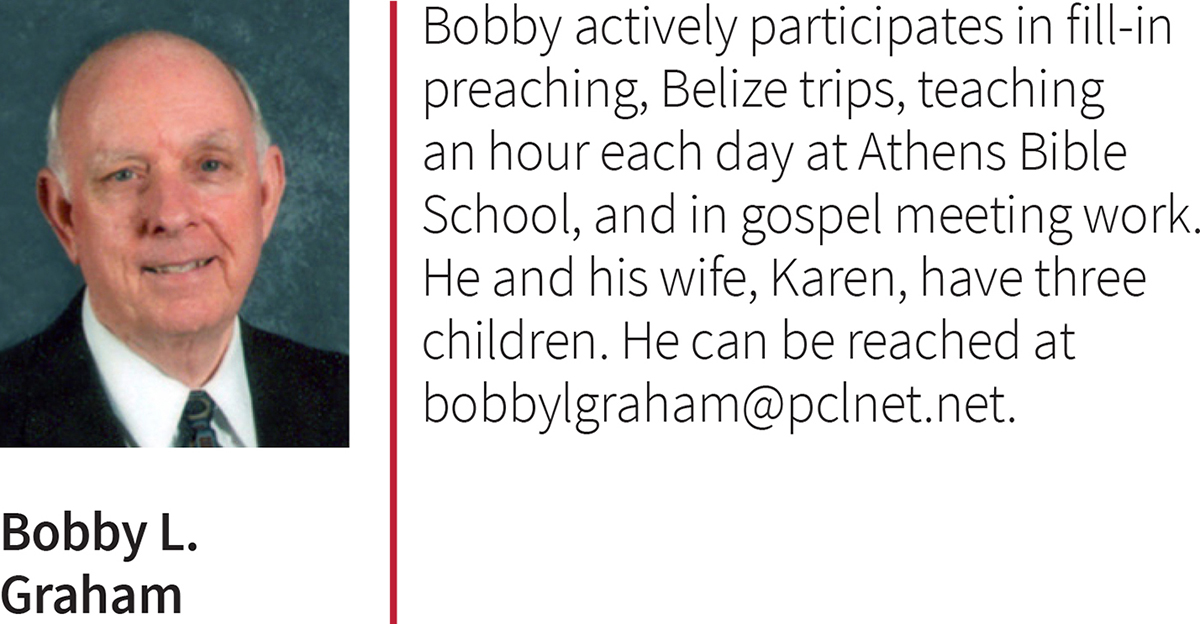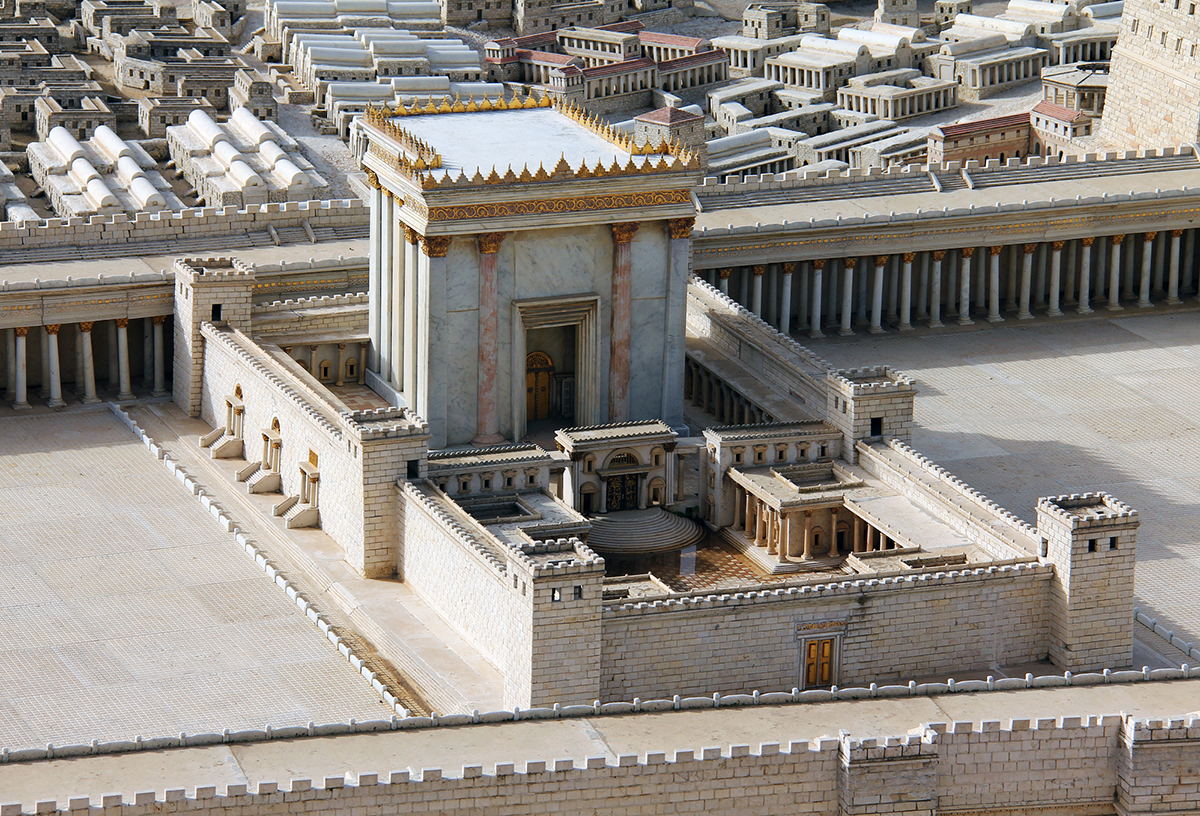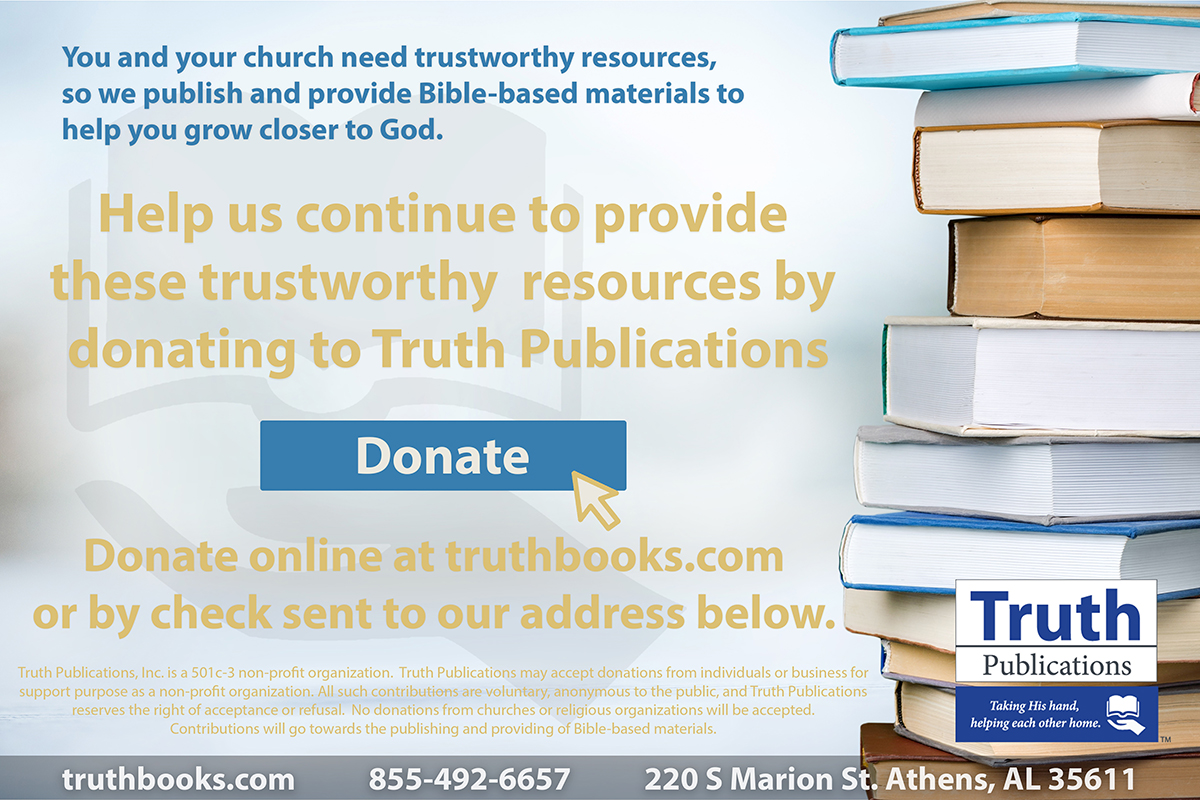
by Bobby L. Graham
What does it mean when the Bible says that the temple’s veil was rent asunder (Matt. 27:51)?
About the ninth hour of the day of Jesus’ crucifixion, “Jesus cried out again with a loud voice, and yielded up His spirit. Then, behold, the veil of the temple was torn in two from top to bottom; and the earth quaked, and the rocks were split” (Matt. 27:50–51, NKJV). In this passage and elsewhere, we read of the miraculous events accompanying Jesus’s death, evidently to stress the crucifixion’s divine significance and anticipate what was soon to occur on the first day of the week. At this same time, Jesus proclaimed, “It is finished” (John 19:30), leading the centurion to declare his conclusion that Jesus was the Son of God (Matt. 27:54), thus the wrong man being put to death. To clarify the significance of the rending of the Temple veil and the centurion’s declaration, it is wise for us to note some Old Testament background for this event.
While the veil referenced here was that curtain in the Third Temple (built by Herod), the tabernacle constructed at Mount Sinai also had its veil/curtain (Exod. 26), as did the temple of Solomon and one built after Israel returned from captivity. In showing that the Old Testament system had been fulfilled in Jesus Christ under the new covenant, Hebrews 9 provides additional details concerning the veil and other furnishings of the Tabernacle/Temple:
Now when these things had been thus prepared, the priests always went into the first part of the tabernacle, performing the services. But into the second part the high priest went alone once a year, not without blood, which he offered for himself and for the people’s sins committed in ignorance; the Holy Spirit indicating this, that the way into the Holiest of All was not yet made manifest while the first tabernacle was still standing. It was symbolic for the present time in which both gifts and sacrifices are offered which cannot make him who performed the service perfect in regard to the conscience—concerned only with foods and drinks, various washings, and fleshly ordinances imposed until the time of reformation (vv. 6-9).
The Hebrew writer presents God’s solution to this problem of limitation/imperfection in the Old Testament system by showing that Christ solved this deficiency when,
Not with the blood of goats and calves, but with His own blood He entered the Most Holy Place once for all, having obtained eternal redemption. For if the blood of bulls and goats and the ashes of a heifer, sprinkling the unclean, sanctifies for the purifying of the flesh, how much more shall the blood of Christ, who through the eternal Spirit offered Himself without spot to God, cleanse your conscience from dead works to serve the living God? And for this reason He is the Mediator of the new covenant, by means of death, for the redemption of the transgressions under the first covenant, that those who are called may receive the promise of the eternal inheritance (vv. 12-15).
The point of all this is that the veil and its entire system signified that the One who would enter through it into the true Holiest of Holies (i.e., heaven) was still to come. In other words, the Law of Moses (Old Covenant) did not meet the divine objective but anticipated Jesus as the fulfillment thereof (Rom. 10:4). For the fifteen centuries of the Law’s operation from Sinai to Calvary, God was pointing to Jesus Christ through the Old Covenant’s object lessons. When He tore/rent the veil at the time of His death, He demonstrated some things about Himself, the Old Mosaic system, and the new covenant.
God and Jesus accomplished much when they miraculously tore the veil from top to bottom. Remember that it all was for you and me!


